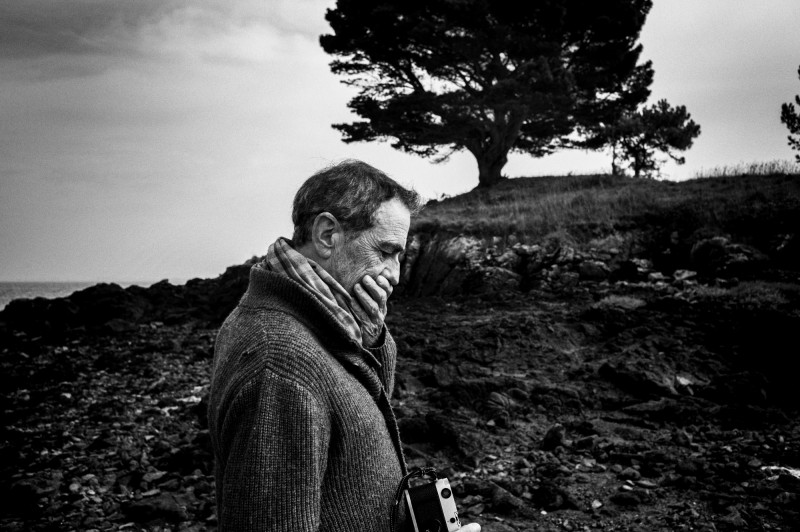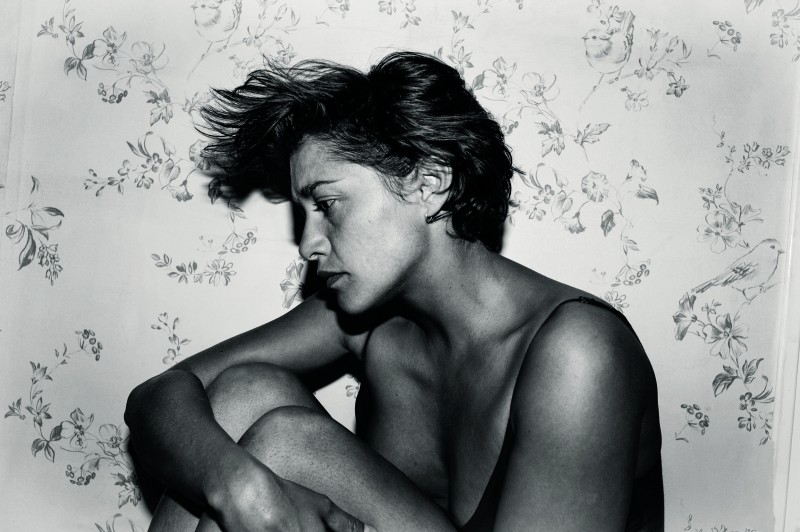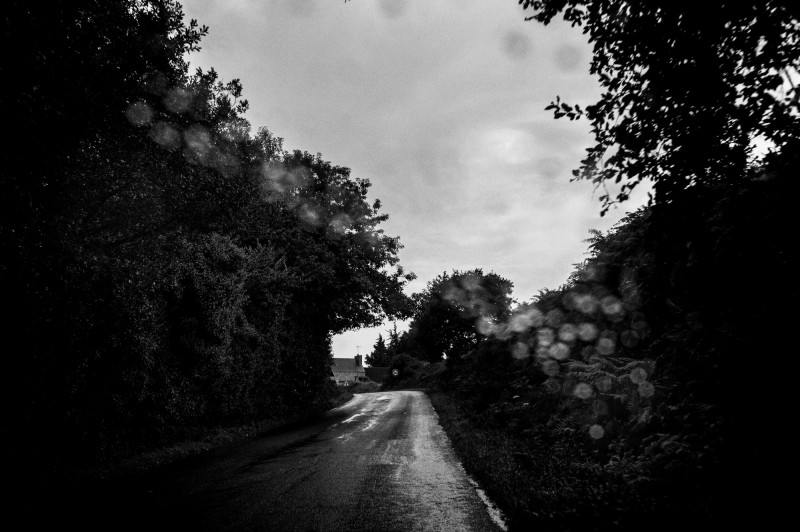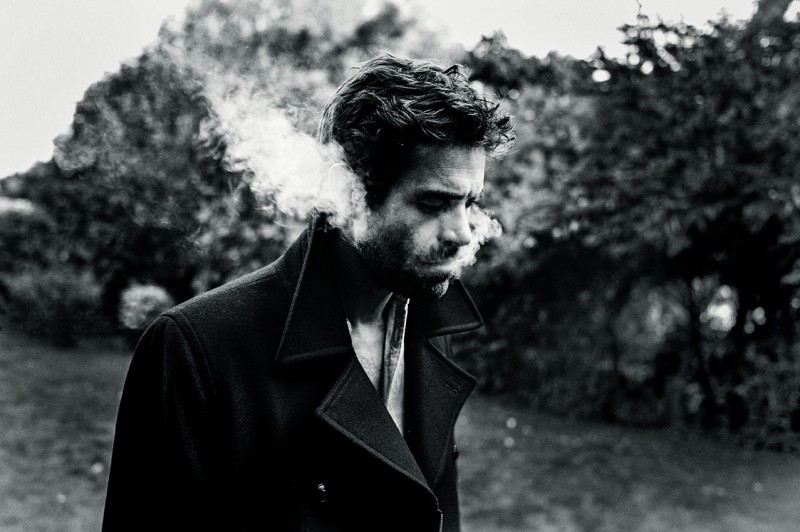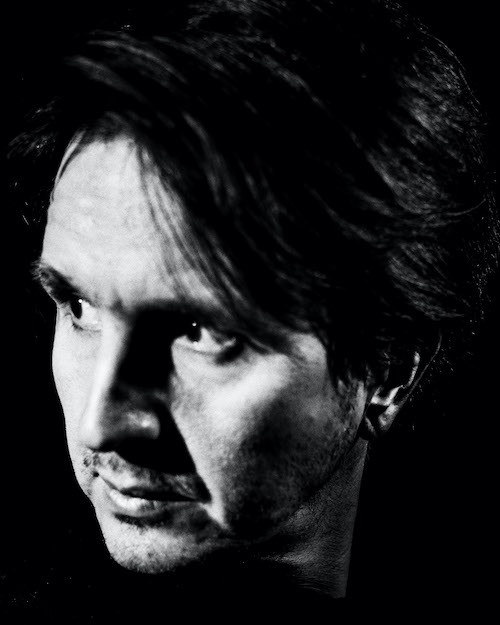Cinéma vérité
Cinéma vérité
Frédéric Stucin
December 22, 2015

Read the full article in LFI 1/2016.
How did you come up with the idea of how to realize this project?
I was approached by director Olivier Jahan and script writer Diastème, who wanted to collaborate with me. I was thrilled to be part of their new scenario and film project. At first, photography was a main topic of the movie, so we all started wondering how we could use the main character's passion to give her more depth. The subject of photography came to symbolise a prism, giving the story itself a second layer. It reinforces the past by twisting the present.
In the movie, a young French photographer who has just lost her father decides to sell his house in Brittany. Feeling a little fragile she asks her ex-boyfriend to help her. Was the fact that the protagonist is a photographer and that photography is a central theme in the film, one of the reasons for your involvement?
No, the main and obvious reason was to be able to work alongside a film production and to put my own artistic observations and directions to the service of the film. On one hand, there was the film's narrative where I could, indeed, feed Olivier Jahan's direction. On the other, I could serve my own theme and artistic direction. So it was a dialogue back and forth with Olivier nourished by our cameras. It was a different type of challenge and experience, and it reminded me of masters like Chris Marker and Antonioni: La jetée and Blow up – references I always dreamed of. Now, in a completely different context, I myself was able to experience this type of story-telling.
Why did you shoot in black and white if the movie is in colour?
When working on my own personal projects, my style is defined by black and white. More importantly, the main idea behind this treatment is to allow time to stop. Unconsciously, we experience a familiarity and understanding for black and white images, that provokes feelings of melancholy. They serve the purpose of the film's story in a natural way: the main character, Eléonore, is challenged by her need to reshape her past, symbolized by her father's house, and to allow herself to move forward to a brighter future.
Your images are very poignant and well composed, and each seems to tell its own story. Why do you in fact work as a photographer rather than as film director?
I've already asked myself that question, and I'm definitely attracted to the idea of directing my own movies. The challenges of my practise as a portraitist are often similar to those of a film director's, letting someone into his role and maintaining his personality.
Frédéric Stucin+-
Born in Nice in 1977 and living in Paris, Stucin studied Photography at the École nationale supérieure Louis Lumière. He began working as a press photographer in 2002, taking numerous portraits of artists, authors, and politicians. His series, La Source, was published as a book in 2021 by Maison CF. Stucin is represented by the Galerie Clémentine de la Féronnière in Paris, and the Pasco&Co Agency. More

